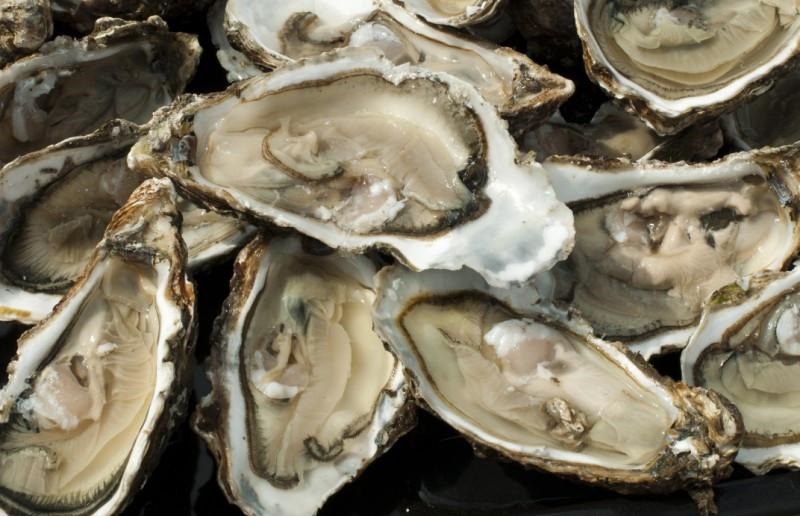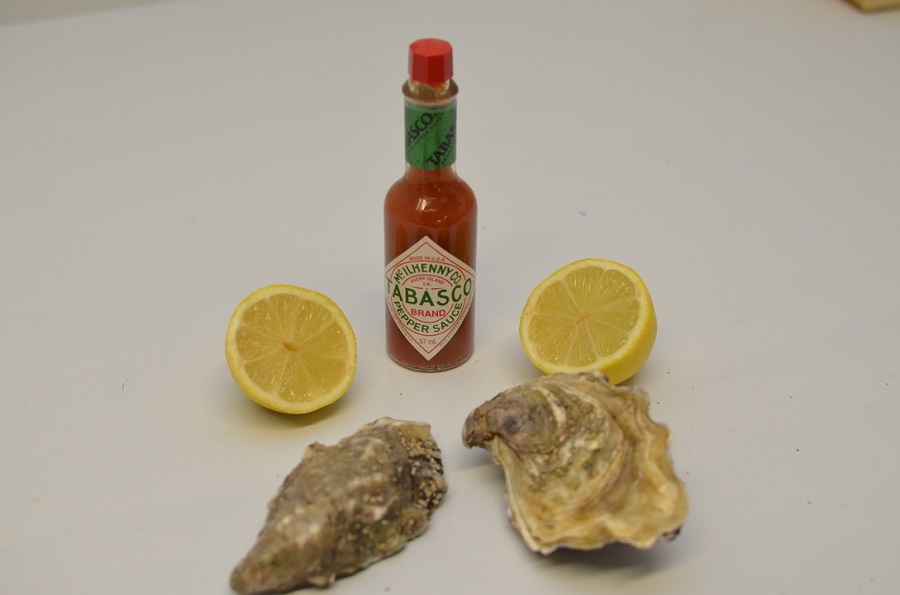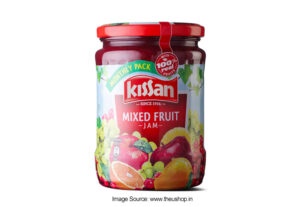Oysters, much like mussels and scallops, seem to live a passive life. But in truth, they are quite a useful bunch. Some oysters produce pearls we use as jewelry. They also filter our waters, keeping our oceans clean. Most of all, you and I know that they are irresistibly tasty! It is a superb delicacy that makes your mouth water just by thinking of it.
But whether you are an oyster connoisseur, or just someone trying oysters for the first time, there are things that are worth knowing about this amazing shellfish.
The Rock and the Native
There are two types of oysters off the U.K. shores that are considered to be a delicacy. They are the Pacific rock oyster, and the native European oyster. Both species of oysters are incredibly long-lived. In the wild, they can live for as long as a 100 years. However, they are usually harvested once they reach 3-5 years old. This is also the time when the oysters become mature. Oysters are hermaphrodites, which means they can switch their gender from male to female at any point in their lives.
The two types differ in many ways. For example, the Pacific rock oysters take on a tear-drop shape, while the native species is more round. The former also grows faster as compared to the latter. The native takes five years to mature and be ready for harvest. The Pacific rock, on the other hand, can mature twice as fast.
Natives are Better. Here’s Why.
Right now, you might probably think that the Pacific rock oyster is the superior one. Well, let me convince you otherwise. Remember, it all boils down to taste. And when it comes to this, natives are the overall winner. Eating them will give you twice as much flavor and nutrients as compared to the rock oysters.

Natives are prized (and pricier) than rock oysters, and it’s not just because of the remarkable taste it offers your taste buds. It is a seasonal delicacy. And yes, the ‘r’ rule applies. Whenever there’s an ‘r’ in the month, then you better feast on this exclusive British ingredient. During this months, the water is colder, making the oyster more delicious.
It’s not good to have them on during summer since it is the time when they spawn. During these months, their flesh also becomes watery and less tasty, something you won’t like with an oyster. If that doesn’t stop you, then remember that the native oysters are protected under the British Parliament during these months. Yes, they are that special.
The Best Time to Eat
So when might be the best time to eat oysters? As much as we’d like to say ‘everyday’, it won’t be the case. It’s not entirely impossible, though. Rock oysters are mostly available all-year round. Since our summer waters don’t actually encourage them to spawn, they don’t have that unwanted watery texture. When colder months come, never forget to enjoy the natives as much as you can.





